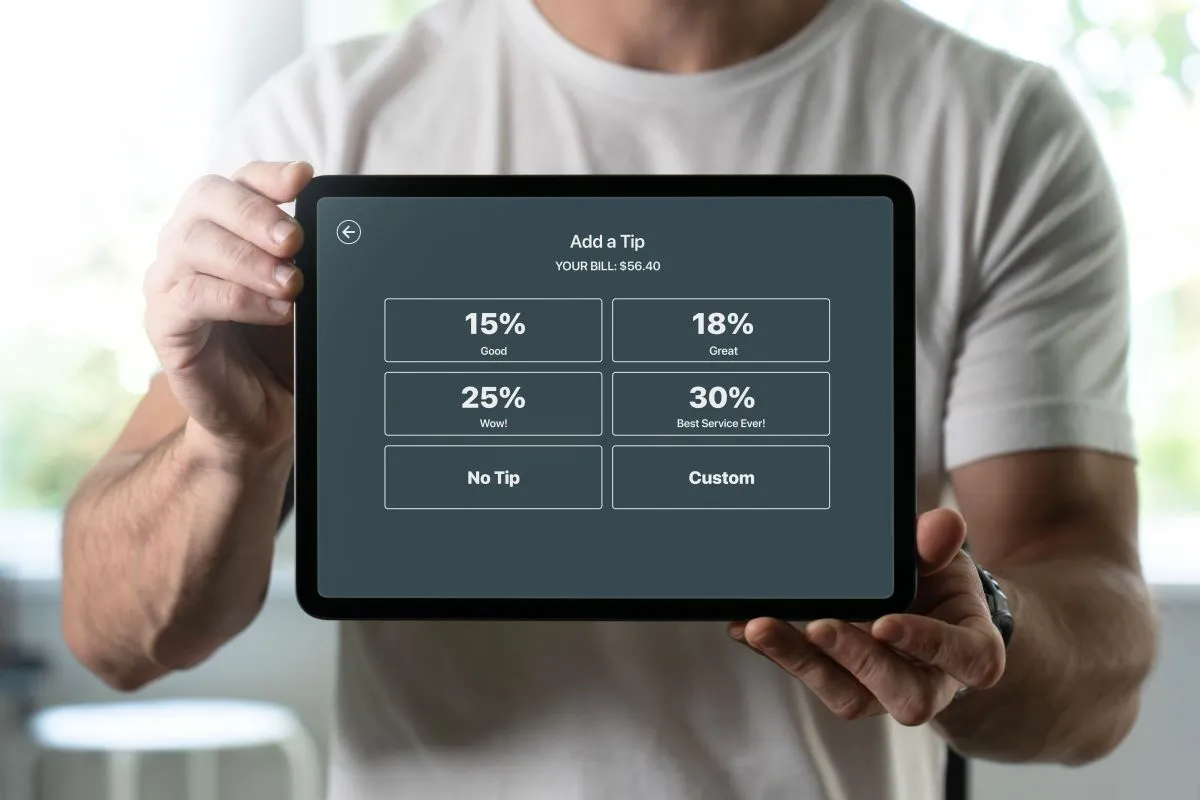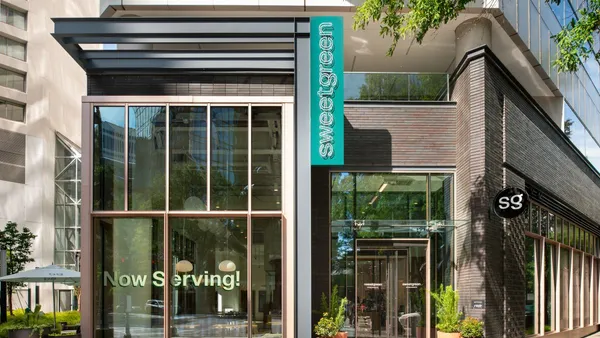Kevin Bryla is the chief marketing officer of SpotOn, a software and payment technology company that works with restaurants.
Tipflation, tip creep, and tip fatigue have recently become part of the vernacular of conversations around American tip culture, and that’s having an unintended impact. While consumer frustration over rising food prices and the emergence of tips in new industries is valid, the narrative that tips have spun “out of control” is not reflective of reality and is harmful to the independent restaurants that serve as pillars of our local communities and their teams who are working hard to provide customers with a memorable experience.
Take a moment to reflect on why you decide to eat at a restaurant: To have a new experience, discover a new cuisine, or enjoy a favorite dish that you just can’t replicate at home; to give yourself a night off from cooking and dishes so you can relax and spend quality time with friends and family; or to soak in the ambiance of a really cool neighborhood spot, interacting with your long-time server or seeing other regulars at the bar. Dining at a restaurant is not a simple transaction of eating your food and leaving — it is an experience that connects you to others and offers you something you can’t create on your own.

While inflation is increasing the price of goods across the board, including a restaurant meal, the percentage that consumers are tipping in restaurants is stable. In fact, looking at data from our independent restaurant clients there has been a slight decrease (.01%) in tips over the last year.
According to data from our SpotOn Restaurant point-of-sale system, the average tip percentage on orders for March 2024 was 18.99%, down from 19% in March 2023. This internal data was further validated by a survey of restaurant industry workers about their tipping expectations this March, in which more than half of tipped workers reported that they expect a modest 15% to 19% tip based on service. The percentage we’re tipping is staying the same; it just feels higher because of inflation.
All restaurant operators continuously agonize over ways to optimize their operations and cut costs so they can stay in business and continue to give their guests that special dining experience that keeps them coming back. Running a restaurant is a constant balancing act of accounting for rising food and labor costs without raising prices to levels that will scare away customers — and technology is a key piece of that puzzle.
Restaurant technology creates a better experience for both restaurant staff and guests, improving everything from ordering to bill payment. Handhelds and order kiosks increase convenience and speed of transactions, resulting in greater tips for workers as they turn tables faster and serve more customers in a shift.

Speed remains one of the most important aspects of customer service, so cutting out trips to the kitchen to put in orders or the need to bring cards to a stationary payment terminal has been transformative to the industry. Pre-set tip amounts on a point-of-sale screen are designed to offer convenience for customers so they don’t have to do the math, also speeding up transaction times. Behind the scenes, point-of-sale data helps operators staff shifts appropriately, lowering costs and enabling staff to take home more tips.
Technology is certainly doing its part to increase the take-home pay of restaurant workers. However, at least for now, consumers’ willingness to tip and understanding of how those tips factor into restaurant workers’ pay is still a vital aspect of keeping the industry alive. In SpotOn’s survey, more than half of tipped workers surveyed believe customers do not understand how tips factor into their take-home pay — most industry workers receive a tipped minimum wage combined with tips to reach the federal minimum wage. This is typical for the restaurant industry, which operates on unimaginably slim margins — often 5% to 7% — and where every dollar and cent makes a difference.
If you want to continue to walk into your favorite Thai restaurant on a Friday night and kick off the weekend with a spicy Pad Thai, or hit up a Taco Tuesday and sip margaritas with your friends at a local Mexican restaurant, it’s important to remember that your 15% goes a long way toward supporting the restaurant industry. We need to reward the people who work so hard to make each dining experience special.











